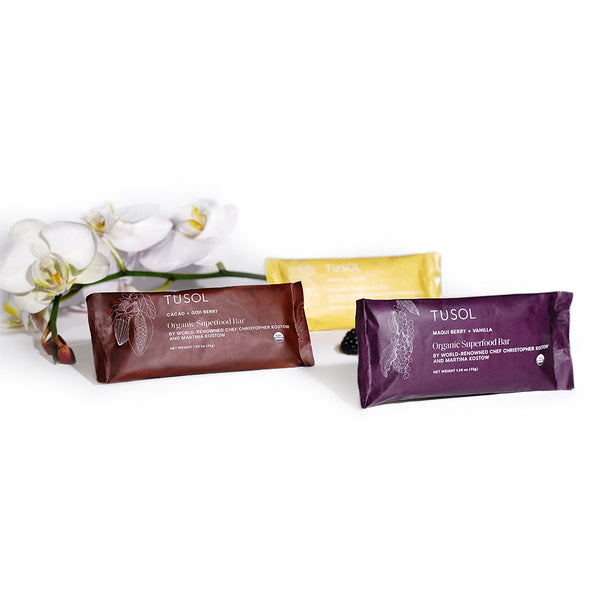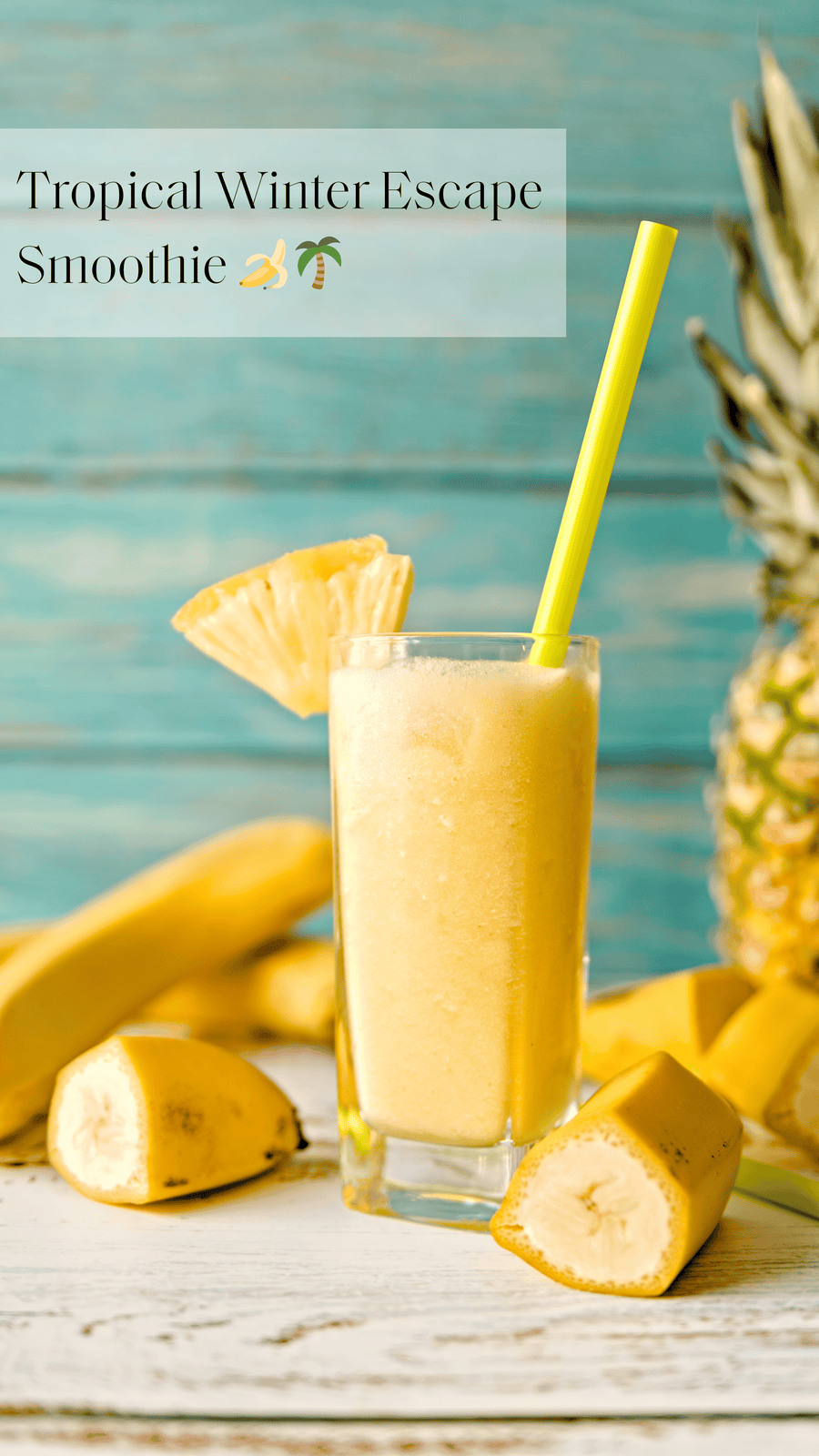Did you know that your orbital junk can make it more stressful for you, your cells, and all the inhabitants in your body?
"It's not all about a diet, but also the environment, and the relationships around you that can add to weight gain, stress, and a long list of ailments."
Let's talk about the toxic junk that contributes to the decline of cellular health, and how we can limit them. But first a few gut wrenching facts:
There's toxic chemicals that haven't even been tested in humans that are coming out of food, water, the air, clothing we wear, the floors we are walking on, plastics around us, and more...
The United States is likely the most toxic with an estimated 70,000 such chemicals in commercial use, many of which are untested on humans so we don’t even know the effects.
This estimate doesn’t include the crazy poisons that GMO companies are pumping into the food supply. According to Global Healing Center, it isn’t abnormal to be exposed to 2,100,000 toxins each and every day.
Now, we can't control all of these toxins, but we can definitely take control on a lot of them. This for me made a massive difference over a period of 6 months.
Just remember that whatever condition you are battling, whether it's weight gain, diabetes, crohn's disease, they didn't happen overnight--It's a cumulative effect. And so are these toxins, it's an accumulation in the organs and tissues over years of use that start to wreck havoc in the body.
The good news is that your body has the tremendous ability to heal itself quickly.
Daily Toxin Exposure
Cleaning Products
The bad: Typical household cleaning and laundry products are loaded with toxic chemicals that we inhale. Chlorine bleach is among the worst along with ammonia. Phthalates is commonly found, a known endocrine (hormonal) disruptor. Triclosan also disrupts hormone function and it's a probable carcinogen.
The good: A mixture of water and vinegar does a good job at cleaning, you can add a few drops of your favorite essential oils.
Plastic
The bad: Shower curtains, plastic bottles, plastic food containers...We are a plastic generation. Many plastic containers are made from chemicals like the hormone disruptor phthalate. Placing plastic containers in a microwave releases these toxic chemicals. Even if you don’t use a microwave, the plastic breaks down over time and can still release these dangerous chemicals into your food. The end result can be adverse developmental problems in children, reproductive problems, and neurological effects in humans. Although many water bottles are being made BPA-free. BPA is not the only harmful chemical found in plastic water bottles. In a recent study by German researchers, nearly 25,000 chemicals were found lurking in a single bottle of water.
The good: Switch to glass containers/bottles wherever possible.
Cosmetics
The bad: Most cosmetics contain heavy metals that are considered neurotoxins. Phthalates, parabens, artificial colors like red 40, yellow 5 and 6, BPA, and other chemicals known to be carcinogens and endocrine disruptors. Artificial colors are known to cause ADD/ADHD in children.
The good: Switch to mineral based cosmetics. Ewg.org has a list of healthy cosmetics. The cosmetic company Mineral Fusion is always on the top of the safest list.
Deodorants
The bad: Most deodorants contain aluminum. A heavy metal and a neurotoxin. It has been linked to Alzeihmer's Disease and breast cancer. Ummm...aluminum foil, probably not a good choice for cooking either. Use baking sheets, or glass containers to cook your food.
The good: Aluminum-free deodorants, opt in for mineral based.
Fabric softener
The bad: Softeners coat your clothes with a thin layer of quanternary ammonium salts (quats), also found in disinfectant wipes. Quats are highly toxic and are lung irritants and can contribute to asthma and other breathing problems.
The good: Use white vinegar in your laundry in place of fabric softener. It works great and you won’t smell it on your clothing.
Cookware
The bad: Non-stick cookware contains polytetrafluoroethylene that is released at high temperatures and gives off a toxic gas. This gas is so poisonous that it has been known to kill pet birds, whose cages are located by the kitchen or in the kitchen. This chemical is also linked to reproductive problems and cancer in humans.
Others are as bad, cast iron, stainless steel can leech out heavy metals into your food.
The Good: Ceramic cookware, pots and pans. There's glass available as well, but it's a little trickier to cook with them. I like this company for pots and pans.
Canned Food/ Beverage cans
The bad: Be wary, canned food is lined with BPA, nickel and aluminum can also leech into your food.
The good: Organic frozen food :)
Conventional food
The bad: Corn and soybeans are heavily sprayed with glyphosate, you learned on my last email how glyphosate becomes part of your adipose tissue and your collagen matrix for years unleashing a lava of free radicals. Corn and soybeans are food staples for conventional animal farming. Chickens, cows, ducks, pigs eat these toxins and when you eat them, you get a dose of their toxins.
The good: Organic, grass-fed, pastured raised.
Dry-Cleaned Clothes
The bad: Perchloroethylene (known as PCE) is used for dry cleaning your clothes. It is classified as a probable carcinogen and has been linked to liver, kidney, and central nervous system damage.
The good: Don't spill that wine. I actually don't have a cure for this one. Email me at askingrid@tusolwellness.com if you have a healthier choice.
Insecticides
The bad: Doesn't need an introduction, anything that can harm your gut bacteria, or skin bacteria can be really harmful for your immune system. What's worse? Insecticides are also known to cause neurological damage in children. So don't spray that stuff indoors.
The good: Ants hate cayenne and black pepper, sprinkle that on the little hole they are entering from. Spiders don't like peppermint oil, and for roaches--mixing two parts water with one part white vinegar and 10 drops of peppermint oil to a spray bottle, and spritz it around the affected areas.
Perfumes and Colognes:
The bad: They smell great, but you are not getting the actual smell of roses from a french countryside. You are getting toxic chemicals like benzaldehyde, camphor, ethyl acetate, benzyl acetate, linalool, acetone and methylene chloride that are known to cause cumulative damage to internal organs.
The good: Organic essential oils smell soooo good! you can do a combination to find your particular favorite smell. My favorite blend is lemongrass, orange peel, and vanilla.
Shampoos, conditioners and body wash:
The bad: Phthalates and parabens are commonly used in all products in case you haven't noticed the trend. Can you imagine using them 5+ a day? This is one of the first I tell people to look at when they are having issues with hormone imbalance. Sodium Lauryl Sulfate/Sodium Laureth Sulfate (SLS) is a known cancer-causing ingredient. Also causes liver damage, skin rashes, depression, diarrhea and eye damage.
The good: The old school way your great-great-great grandmother used to wash her body and hair. Humans have used soap for cleaning for millennia. Evidence exists of the production of soap-like materials in around 2800 BC in ancient Babylon. They didn't use Pantene, or Head & Shoulders...they used a combination of minerals and fats, aromatic herbs were often added to the rendered soap to impart their fragrance, such as yarrow leaves, and lavender. You can still find old fashioned soaps, companies like Hunter and Cattle Co. and Meadow Bloom have grass-fed selections.
Tangled hair? use MCT oil after a wash. It doesn't have a coconut smell and leaves hair silky not greasy. Use a few drops.
So there you have it, counting calories and carbs alone is not sustainable. You have to start by eliminating the things that are lowering the ability for your cells to create and use energy. Cellular health is the fundamentals of health.














